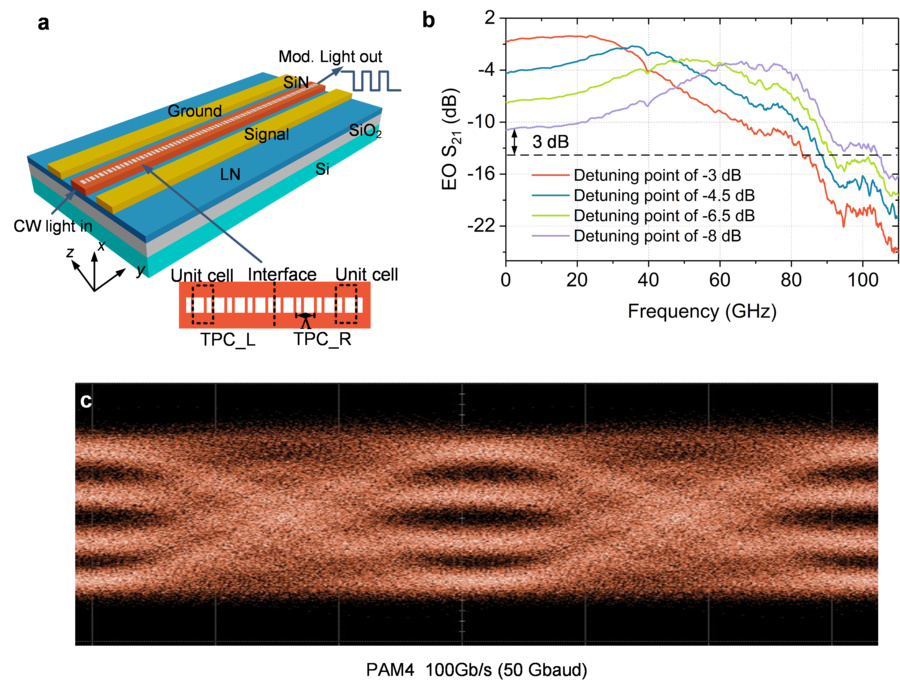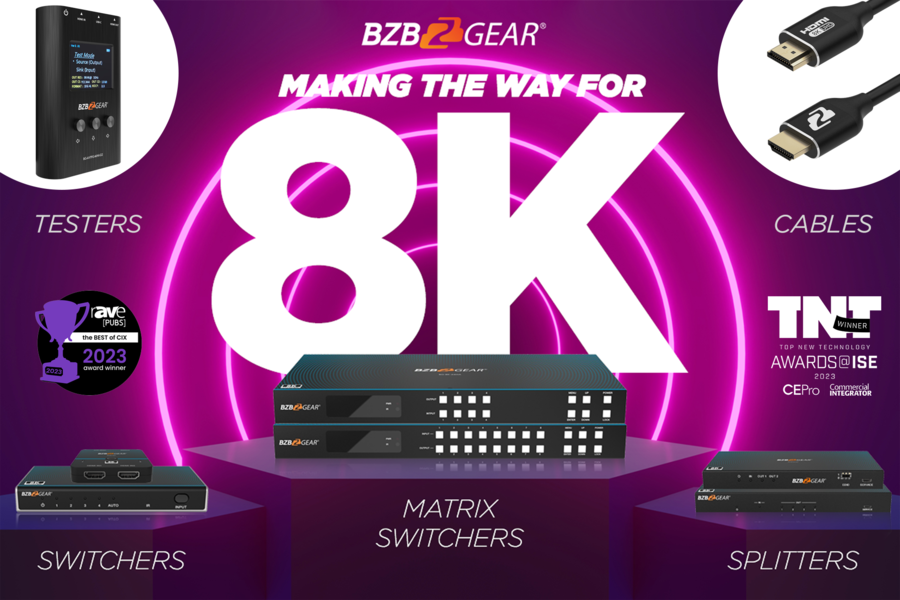Our relationship with food and meals is constantly evolving: online shopping and home delivery are becoming more common among people of all ages and are especially predominant in the 18-34 age group. Delivery companies base their business models on the data produced from these new ways of consumption.
“How do 18-35 year olds eat?” asks Grégory Labrousse. In 2017, Kingcom made a study on the eating habits of millennials. This study revealed that 18-34-year-olds are changing the social dimension of food with their massive use of the internet during all stages of consumption. They want to generate revenue via mobile apps (33% of 18-34 year olds), shop online (44% of 18-25 year olds) and have regular meals (61% versus 34% of all the population) and then share the photos of their meals on social networks (46% of 18-34 year olds and 50% of 18-25 year olds). Though brands and restaurants can extract data from these online behaviors and accordingly adapt their offer, some have gone a step further and built their customer relations and marketing through their exchanges on social media.
With achieve social media communication, three brands emerged as favorites of millennials: Michel and Augustin, Innocent and Ben & Jerry’s. Shouldn’t all brands adopt a social strategy like them?
The future of food delivery
The food delivery industry has recently witnessed a strong boost with the development of geo-location services and mobile applications. Brands like Deliveroo, Foodora and Uber Eats have established themselves in big cities. The competition is tough in this industry; how can these companies stand out in the long run? In 2016 end, Just Eat, also known as Allo Resto in France, had forecasted the future of food delivery. For simpler and faster orders, artificial intelligence, Internet of Things and even augmented reality are some technologies that will drive innovation. The food delivery company stated that in future, we will be able to browse a menu and see the dishes as they really are with the help of 3D glasses, give our voice commands to Alexa and Amazon Echo, manage bulk orders by paying for each item through Apple TV or Xbox One apps and direct our complaints to dedicated chat-bots. “Will one day, we will see food delivery being done by autonomous robots equipped with heating systems? As of now, however, there are security concerns!” regrets Grégory.
In B2B, what made data more important?
One can easily guess how important data is for a restaurant owner to analyze his market. With it, he can answer questions like which dishes are most popular and in which delivery areas? By using predictive analytics, it is possible to estimate the profitability of a potential launch or adding a delivery zone. Thus, data can also help in business development. “In France, new food tech businesses usually focus on a single aspect of the food industry. Data may help them to develop more” according to Grégory. For example, delivery services like Foodora, Allo Resto and Deliveroo focus on mode of delivery or proximity to restaurant partners or quick delivery. Uber Eats promises to deliver in less than 10 minutes, thanks to its everyday selection of partner restaurants, its accurate prediction of
demand and its positioning of drivers dedicated to this service in the catchment area. tiowever, the business model of these intermediaries specializing in data is sometimes fragile. For example, Take Eat Easy collapsed into bankruptcy in July 2016.
Cooking data
So, to succeed with data, should we target the entire food chain? EatFresh, a Bengaluru (India) based startup shows that the entire business model that can be optimized with data. Operating from a central kitchen that operates 200 smaller hubs in the city, this company offers a daily-rotating menu prepared by starred chefs and delivers hot & fresh food within 30 minutes of order. All hubs are equipped with ovens, steamers and connected fridges: temperature and humidity are automatically controlled and managed. The boxes in which food items are packed have QR codes. The delivery men are provided with scanners to read these codes for information. Real-time data is also used for preventive maintenance (a device that automatically turns off if the temperature is lower than normal for more than 5 mins), for modifying the raw material orders as well as for changing the menus according to popularity.
Learn more about nam.R and Grégory Labrousse, follow them!
Company website: https://www.namr.com
Twitter : @G_Labrousse / @namr_france
LinkedIn : @nam.R
Facebook : https://www.facebook.com/namr.fr/
Youtube : nam.R France





